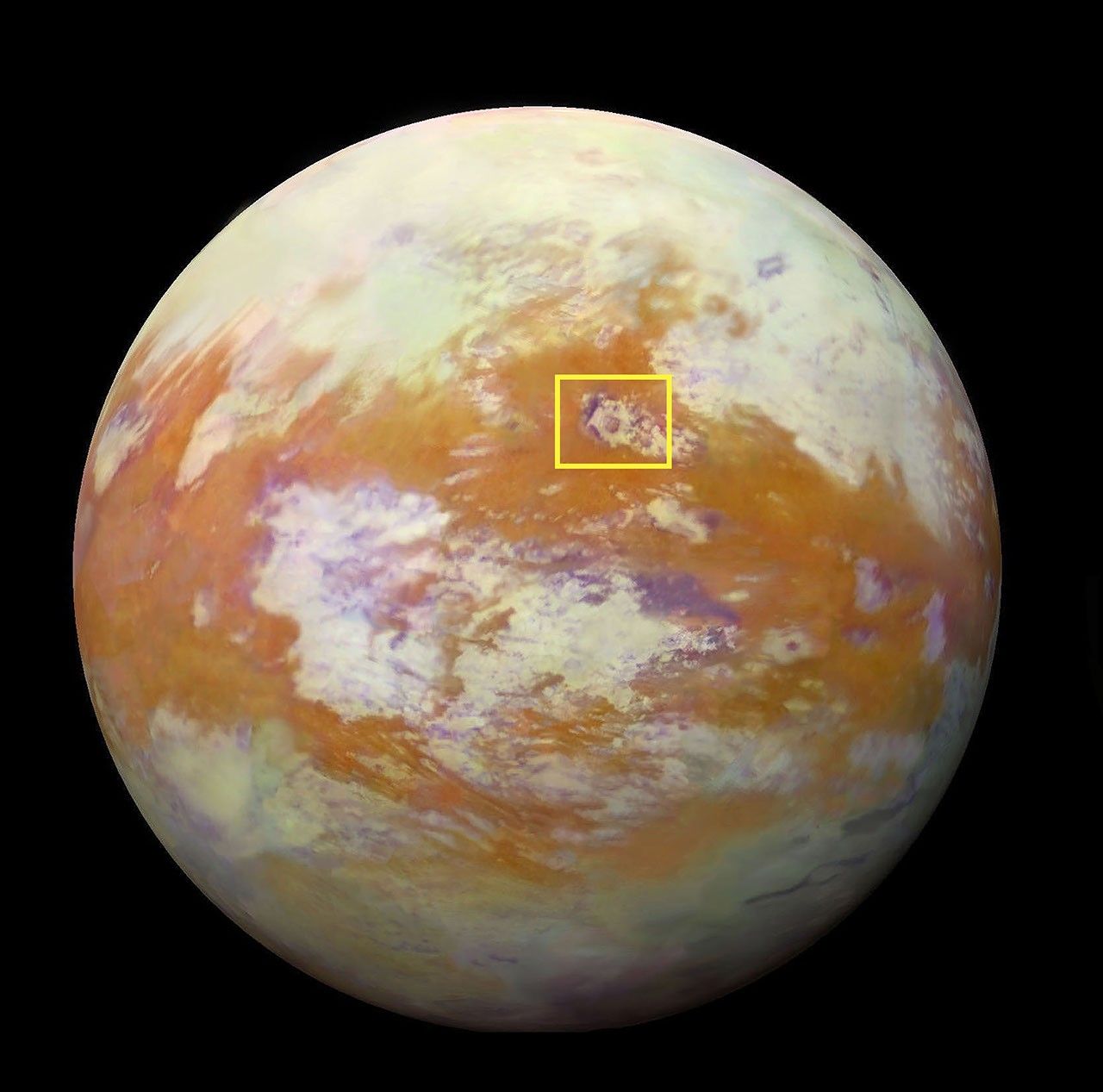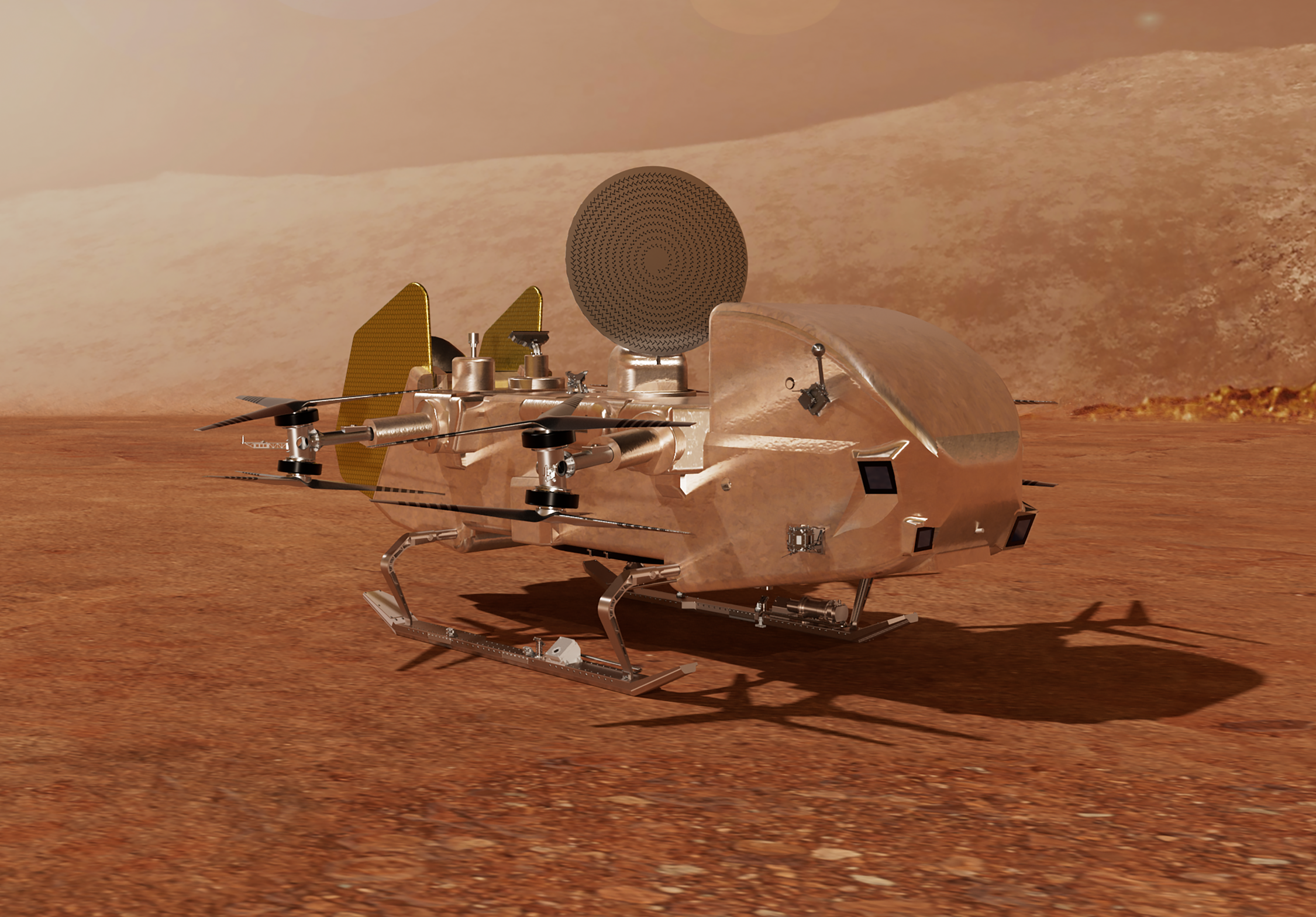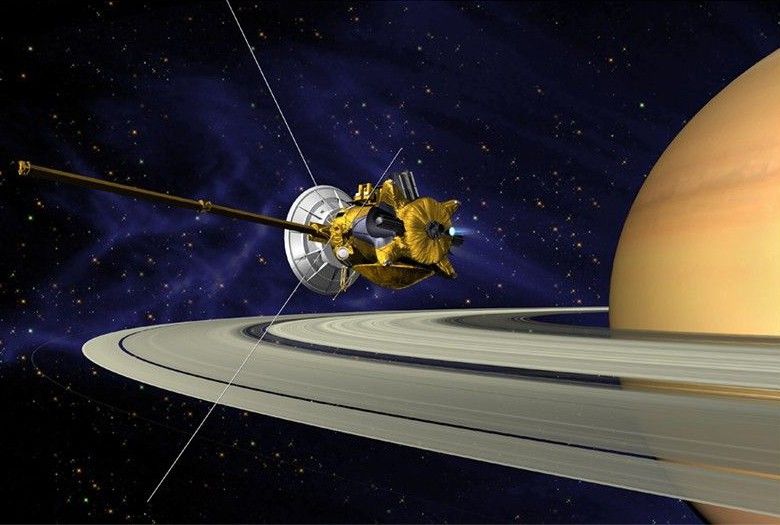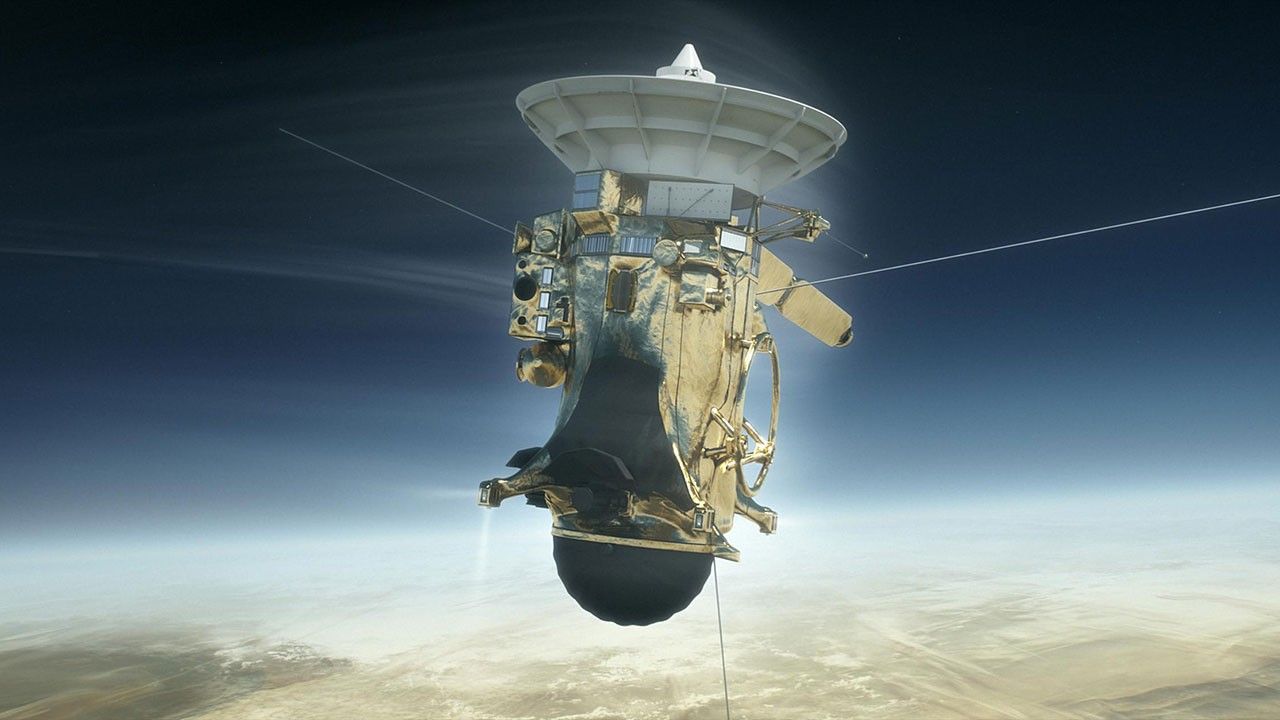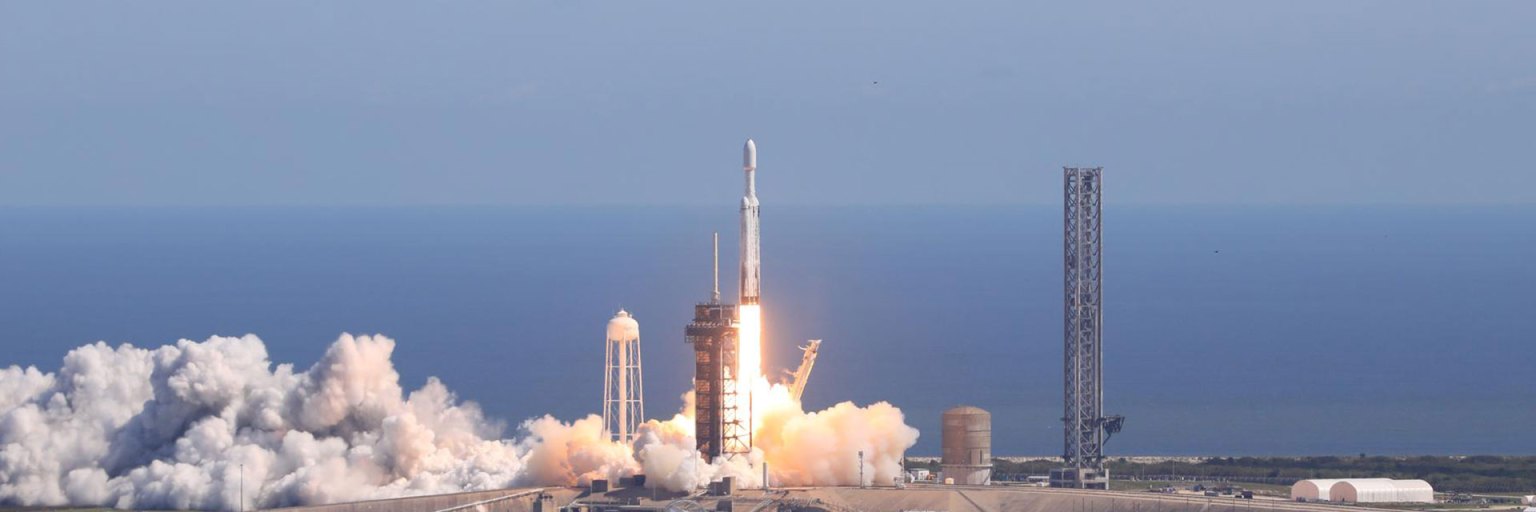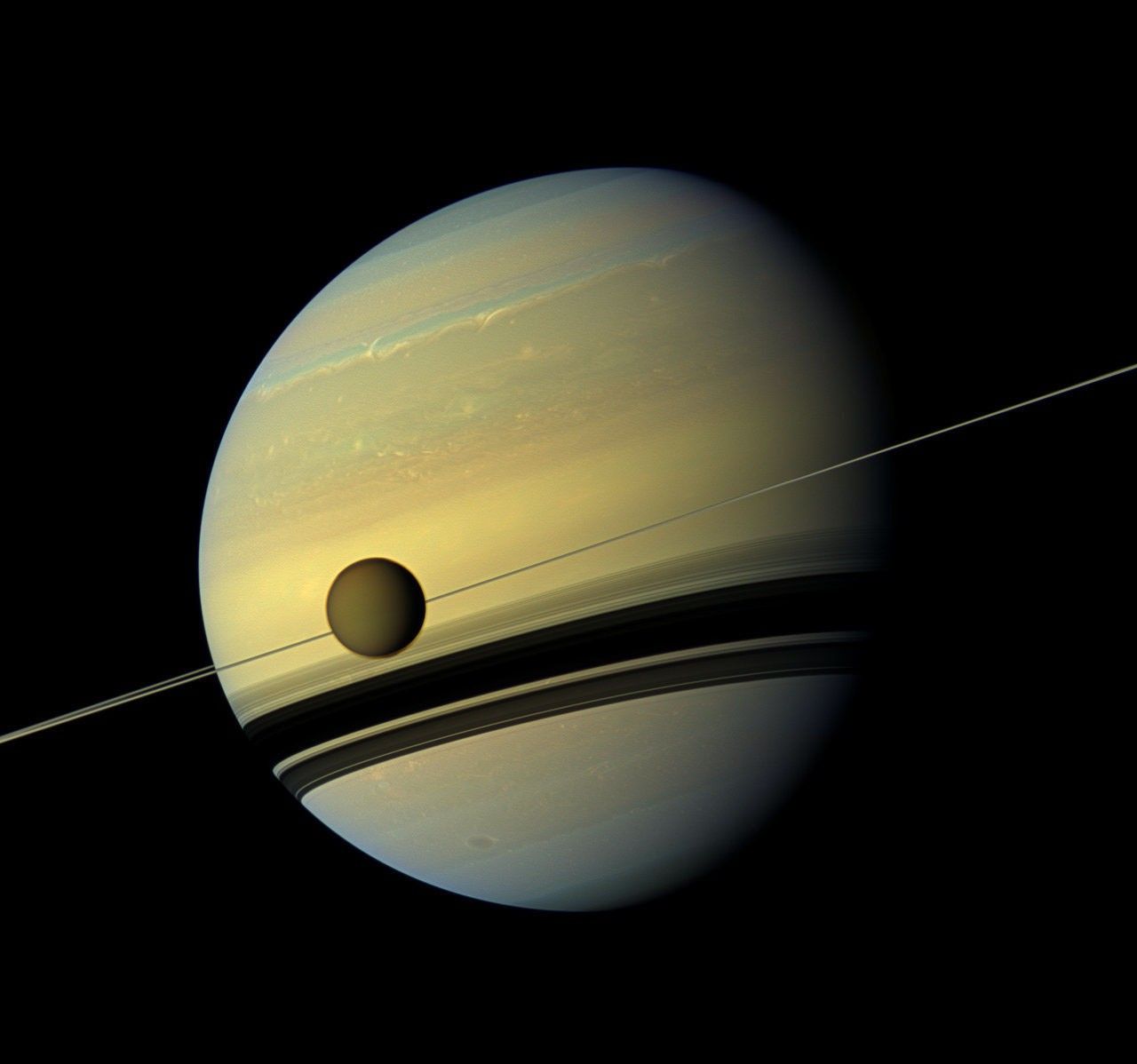Exploring Titan
Titan was discovered in 1655 by Dutch astronomer Christiaan Huygens, who called it Luna Saturni, or Saturn’s moon. In 1847, British astronomer John Herschel gave Titan and the other six then-known satellites of Saturn their names, which are still used today.
The NASA-ESA Cassini-Huygens mission spent more than a decade relaying spectacular images and trailblazing data from Saturn and its moons until its mission end in 2017. Among the myriad findings about Titan was the discovery of a vast ocean some 35-50 miles (55-80 km) below that moon’s icy surface.
NASA’s exploration of ocean worlds – such as the Europa Clipper mission currently on its way to collect data from the vast ocean beneath the icy crust of Jupiter’s moon Europa – looks for signs of habitability in carbon-rich organic molecules. Titan’s complex chemistry on its ice surface makes it an ideal destination for such examination.
Why Send Dragonfly to Titan?
Reasons include: It’s the only moon in our solar system with a dense atmosphere and low gravity; both Titan and Earth atmospheres are predominantly nitrogen, though Titan has a notable lack of oxygen, which scientists believe may have been the case on Earth billions of years ago; the organic chemistry happening on Titan is unique and may support the habitability of life forms; and the prebiotic chemistry happening on Titan cannot be reproduced in a laboratory on Earth.
Read More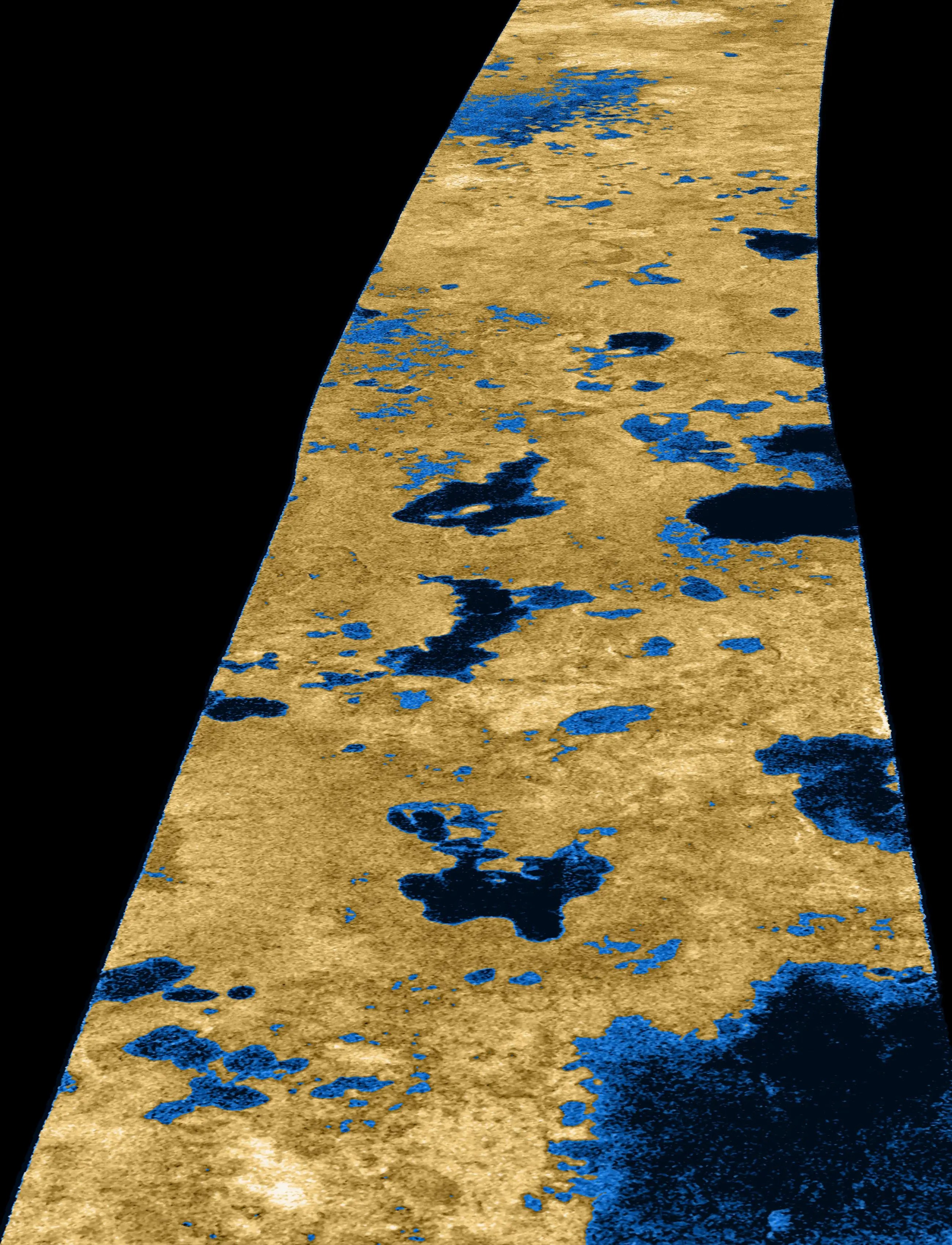
Dragonfly Science at Titan
-
Surface and atmospheric science observations
Sampling surface material and measuring molecular compositions with a mass spectrometer to identify the chemical components and processes that produce biologically relevant compounds.
Measuring bulk elemental surface composition with a neutron-activated gamma-ray spectrometer.
Monitoring atmospheric and surface conditions, including diurnal and spatial variations, with meteorology and geophysics sensors.
Performing seismic studies to detect subsurface activity.
Imaging at a range of spatial scales to characterize surface materials and geologic features.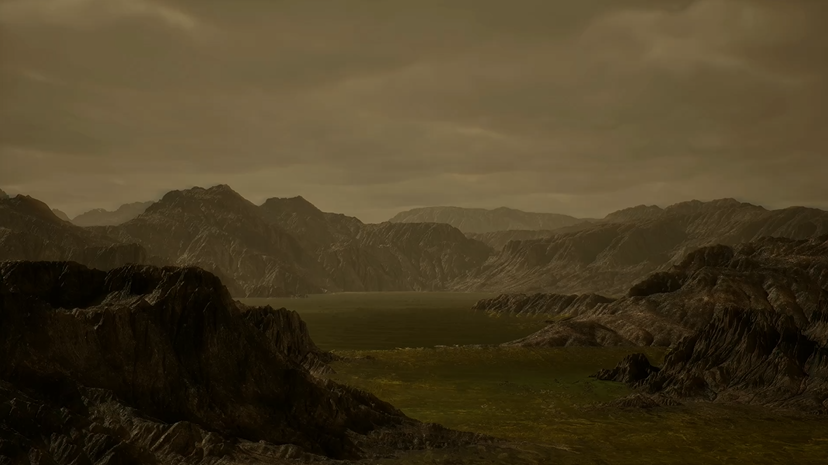 Artist's concept of a hydrocarbon lake and methane rain clouds on TitanJenny McElligott/eMITS
Artist's concept of a hydrocarbon lake and methane rain clouds on TitanJenny McElligott/eMITS -
In-flight measurements
Atmospheric profiles.
Aerial images of surface geology.
Providing context for surface measurements.
Scouting of potential future landing sites of interest.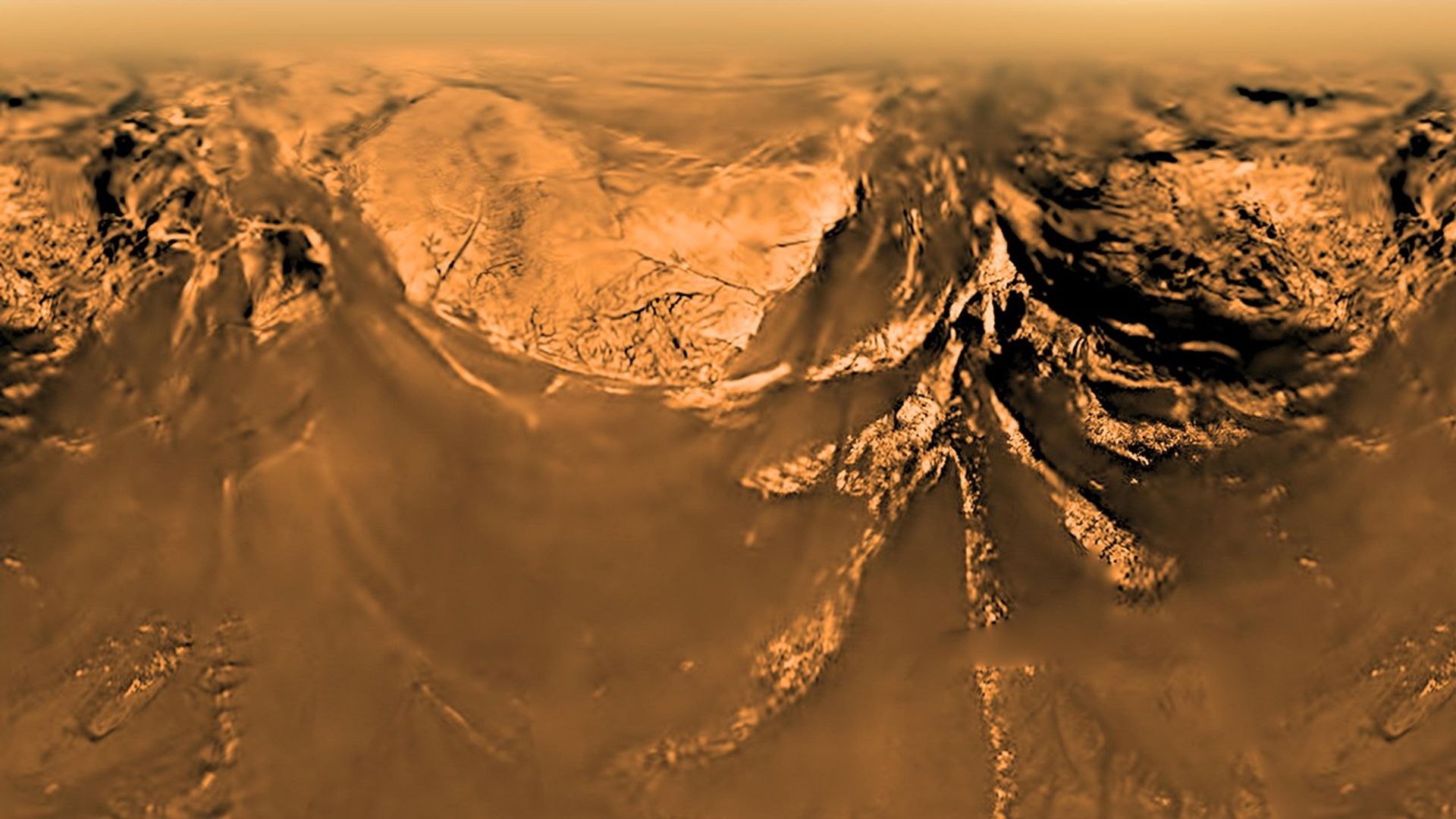 Huygens captured this aerial view of Titan from an altitude of 33,000 feet.ESA/NASA/JPL/University of Arizona
Huygens captured this aerial view of Titan from an altitude of 33,000 feet.ESA/NASA/JPL/University of Arizona
The Science of Dragonfly
This animated video shows how Dragonfly will collect and analyze samples from Titan's surface.
Watch hereSelk Crater
One of Dragonfly’s key exploration sites will be at Selk Crater. This 50-mile-wide (about 80 km) impact site likely held liquid water and organic materials in a “primordial soup” for hundreds of thousands of years, enough time for critical chemical reactions to occur. These now-frozen remains could serve as a model for how similar reactions began on Earth, eventually leading to the emergence of life.
Learn More